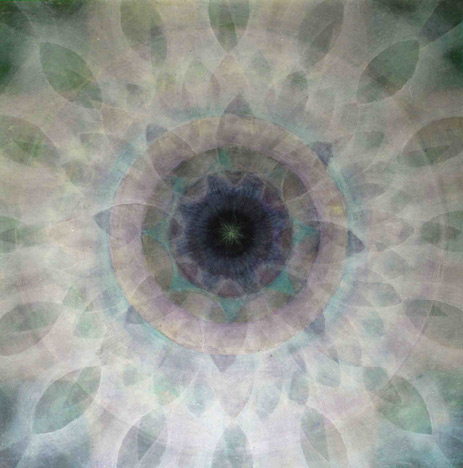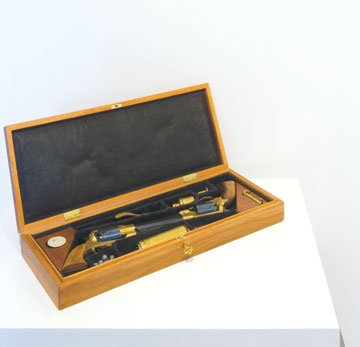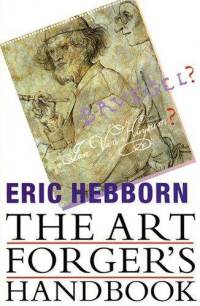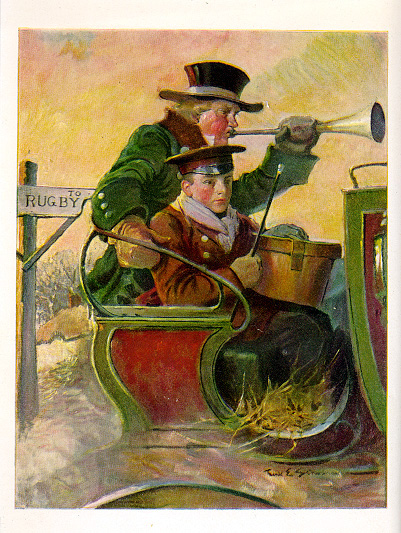
Consider the Oyster, Sometimes
The pleasure of a theme show lies in seeing how individual artists interpret the theme and in weighing one interpretation against another. Conceived and curated by Ingrid Dinter, this group exhibition is based on M.F.K. Fisher’s 1941 cookbook Consider the Oyster. Of the 50-plus works in the show, the best—with few exceptions—are those that make an effort to curtsy to the theme. Those artists who have an affinity with Fisher’s whimsy or sense of poetry are the most rewarding.
The exhibition opens with Dan McCleary’s straightforward portrait, “Man with a Pearl Earring.” Continue Reading





